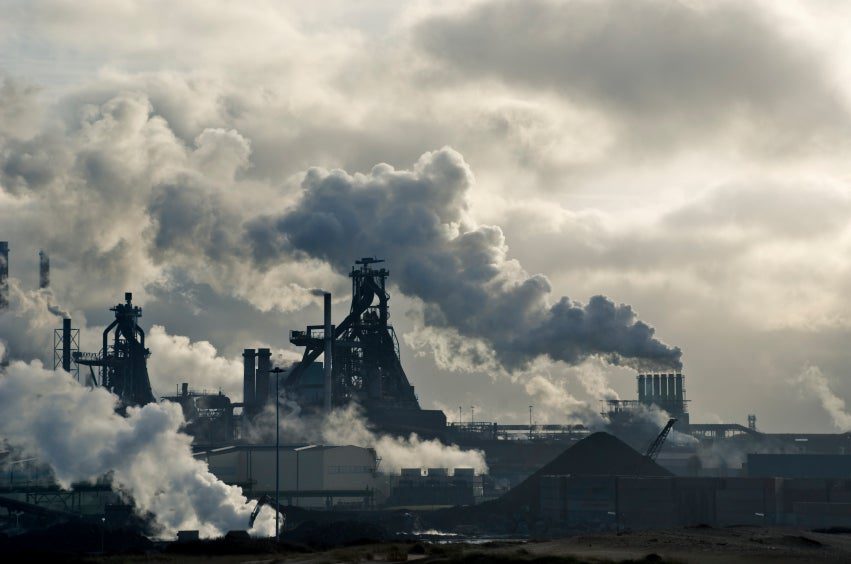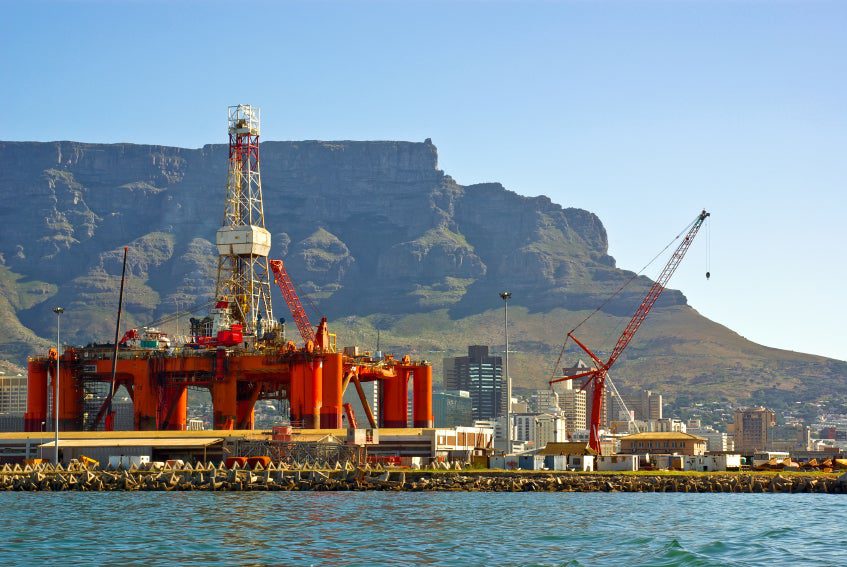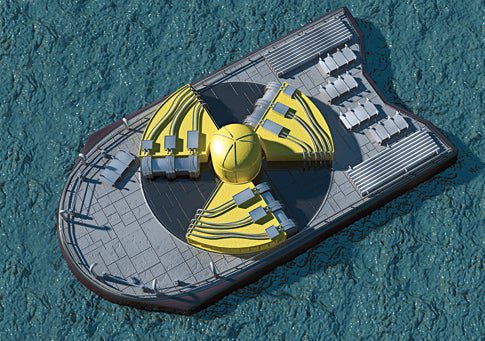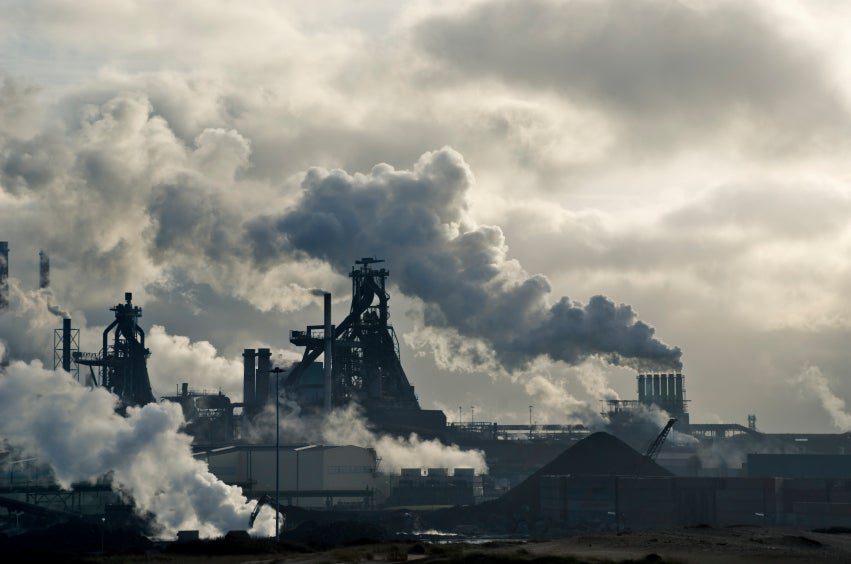Here at Popular Science, we’re pretty optimistic about the potential for large-scale technological projects. But sometimes the cutting edge can cut in destructive ways. Join us as we look at five upcoming projects that have the potential to wreak destruction on the environment.
The Giant Coal Plant
Wind energy, tidal energy, solar—the world is embracing large-scale green power. Oh wait, maybe we spoke too soon. Tata Mundra, the largest coal-fired energy plant built in decades, is going up in India with the help of a $450-million loan from the World Bank. The 4,000-megawatt coal plant will use relatively modern, efficient technologies to produce enough juice to help out 16 million people, but in the end, coal is coal—at full capacity, the plant will emit only 13 percent less carbon than a conventional coal-fired facility. On top of that, experts predict that up to 20 percent of the power generated will be lost to India’s poorly maintained electricity grid, negating any benefits of the plant’s technology and making it just another mammoth fossil-fuel incinerator.
The Risky Ocean Drill
Here’s a brilliant idea to solve our energy solution: Drill into the unmapped ocean floor, and release a substance that could potentially destroy life as we know it. That’s what Japanese, American and Canadian researchers interested in methane hydrate could potentially do as they drill the seabed off the coast of Japan looking for frozen natural gas. The frozen crystals, also known as “flammable ice,” could help the island nation reduce its natural-gas imports. But deep-ocean drilling, an untested technology, could also trigger landslides or unintended hydrate releases. It’s thought that methane hydrate releases helped hasten warming periods during the time of the dinosaurs.
The Floating Nuclear Plant
In 2010, Russia is expected to set afloat its first barge-mounted nuclear power plant, a $200-million plant the size of a football field that can be towed to energy-starved Arctic communities on the White Sea. Built by the energy company Rosenergoatom, the barge will carry its load of nuclear waste on board, offloading the stuff every 10 to 20 years, plenty of time to run into a perfect storm—or two.
The Habitat-Destroying Fence
No matter your politics, the 670-mile border fence going up along the U.S.-Mexico line gets an ecological “no” vote. An environmental waiver means the 12- to 15-foot-high mix of chain-link fence and vehicle barriers is being built with little regard for its impact on the fragile Chihuahuan and Sonoran desert ecosystem it runs through, disrupting the migration and breeding of such threatened species as jaguars, ocelots, bighorn sheep, owls and various rare lizards.
The (Not So) Savior Fuel Source
Remember the heady days of two years ago, when we thought ethanol and other biofuels would wean us off dirty energy? Well, that dream has died with a whimper. The costs of biofuels are already catching up with us: Rainforest is being cut down to grow more corn, soy, and oil palms, and sensitive conservation-reserve land in the U.S. is going back into production to meet the demand for ethanol—which, it turns out, uses almost as much fossil fuel to process as it takes off the market.














